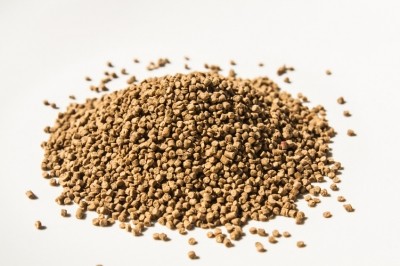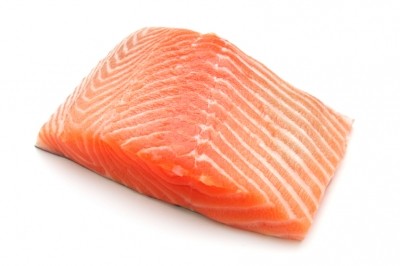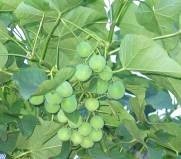FDA backs GE safflower derived meal as safe for feed

“The ability to market GLA safflower meal as an animal feed additive will improve the overall economics of our nutritional oils business by creating an additional market for the by-product of our manufacturing business,” a communications spokesperson for the US biotechnology firm told FeedNavigator.
He said the plan was to begin marketing the meal to feed manufacturers “in the next few weeks” to lock in future sales for when the product becomes available.
The safflower meal is obtained after the removal of most of the oil from whole seeds or partially dehulled seeds or both from a variety of bioengineered safflower, Carthamus tinctorius L.
The FDA approval was focused on the safety and not the efficacy of the meal.
The US regulator said the meal may be safely used in feed as long as it does not contain less than 20% crude protein, not more than 40% crude fiber nor 10% moisture, and not more than 2% crude fat.
The GLA in the crude fat in the additive should not exceed 55% either, said the federal agency.
The FDA authorization of the Arcadia additive can be read here.
Variable quality
Dr Jacquie Jacob, poultry extension associate at the University of Kentucky, writing on research exchange network, extension.org, in May this year said the quality of safflower meal is variable and it depends on the amount of hulls and the extent of the oil extraction.
“When formulating diets with safflower meal, it is important to ensure that the lysine and methionine requirements of the poultry are met,” she said.
She said the meal is deficient in the essential amino acids lysine, methionine, and isoleucine.
But, she said, safflower meal is an excellent source of phosphorus and a good source of zinc and iron. In general, the vitamin content of safflower meal is low, but when compared to soybean meal, safflower meal is a good source of biotin, riboflavin, and niacin, added Jacob.
Even partial decortication, she said, can improve the feeding value of safflower meal.
“Decorticated safflower meal is high in protein and low fiber and is a suitable ingredient for poultry feed, but removal of the hulls makes it a costly feed ingredient,” said Jacob.
She said decorticated full-fat safflower seed can be fed to broiler chickens at up to 8% of the diet with no adverse effects on performance, while adding that the levels of decorticated full-fat safflower seed can be higher in older broilers and laying hens - up to 10% of the diet.
Protein and fiber content
Safflower oil can be obtained from the seeds by cold-pressing, expeller pressing, or solvent extraction. Solvent extraction, said Jacob, is more effective at oil removal than mechanical extraction.
“Dehulling improves crushing efficiency, but the removal of hulls is expensive,” she continued.
In safflower seed meals in which the seeds have not been dehulled (undecorticated), the protein content of the meal varies from 20% to 25%. In meals produced from dehulled (decorticated) safflower seeds, the protein content can be over 40%, said the poultry specialist.
Fiber can be 30% to 40% in undecorticated meals and as low as 10% in decorticated meals, she said.
“The hull is the main source of fiber in the seed, so the level of crude fiber in safflower seed meal varies depending on the level of hulls remaining,” explained Dr Jacob.











